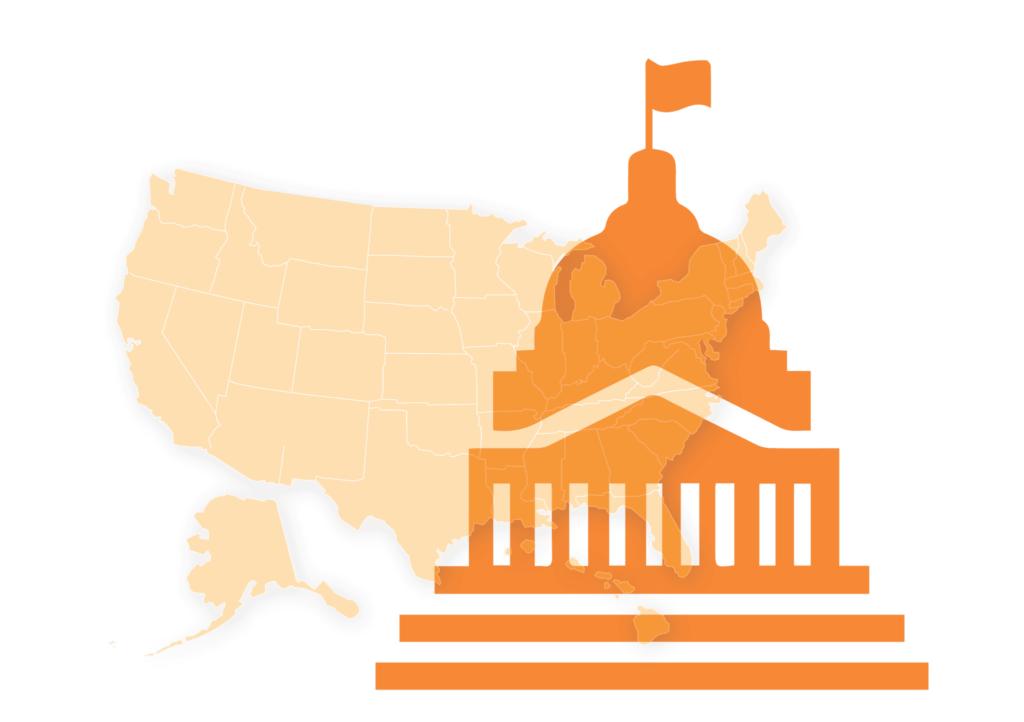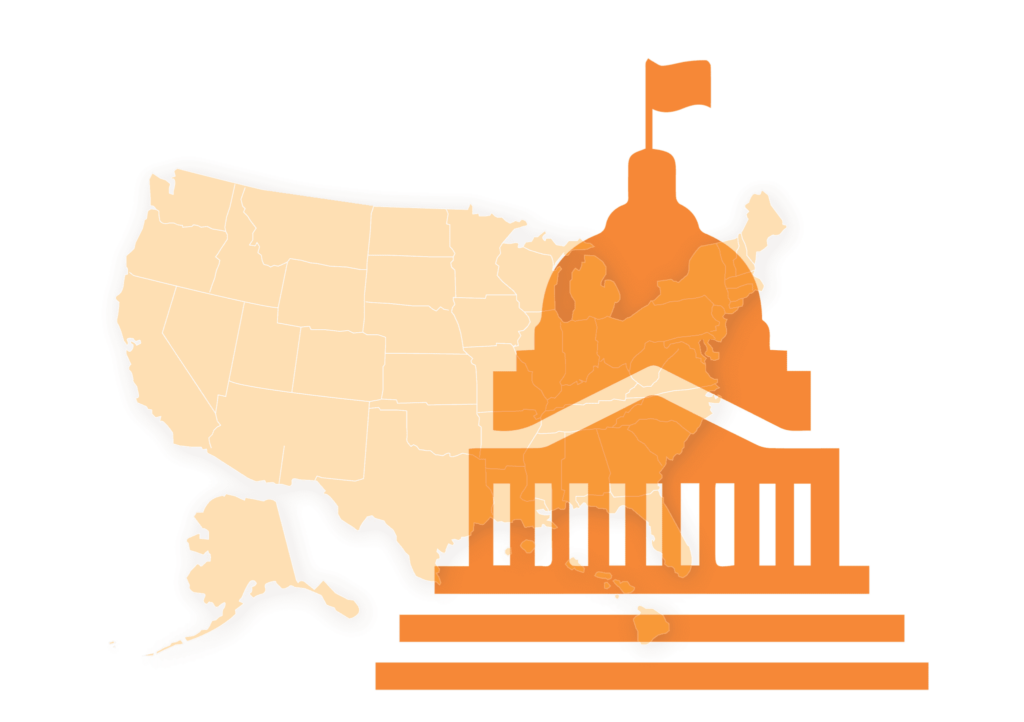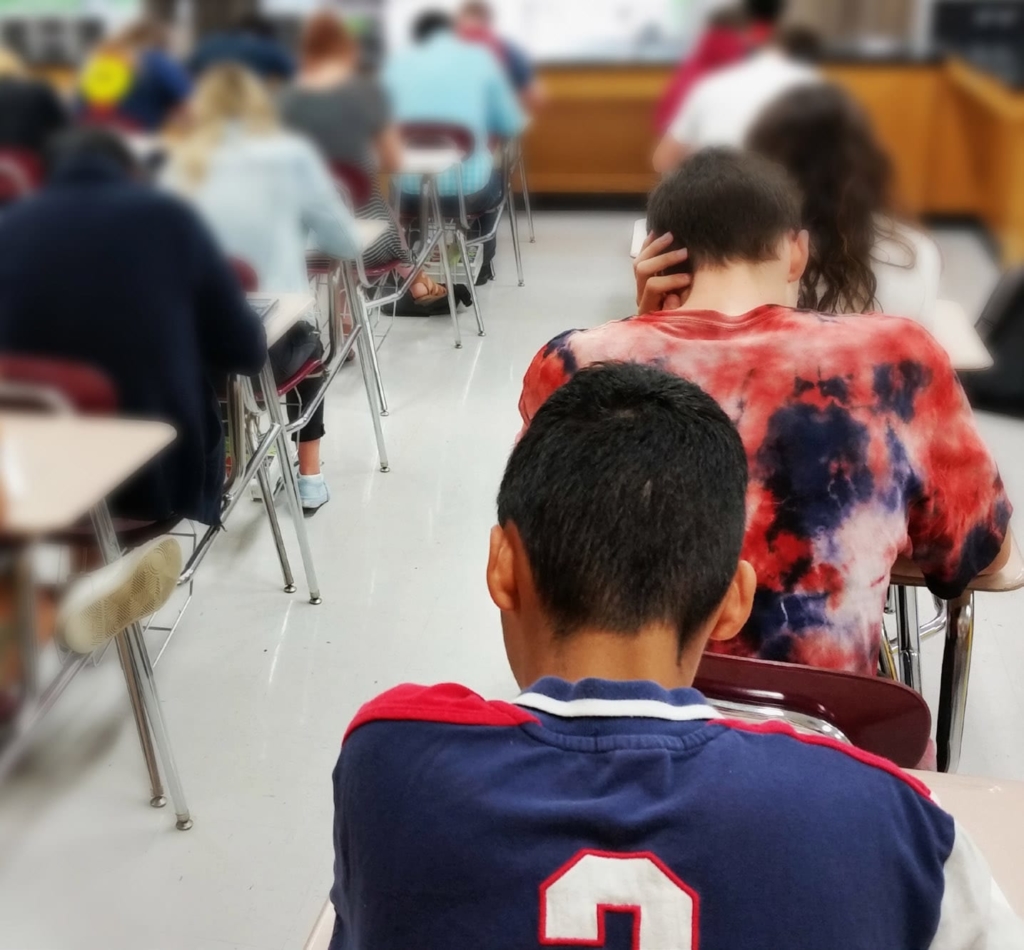PURPOSE:
The Education Trust is a national nonprofit that works to close opportunity gaps that disproportionately affect students of color and students from low-income backgrounds. Through our research and advocacy, Ed Trust supports efforts that expand excellence and equity in education from preschool through college; increase college access and completion, particularly for historically underserved students; engage diverse communities dedicated to education equity; and increase political and public will to act on equity issues.
These communities have been disproportionately affected by the simultaneous crises facing America: racism, a recession, and COVID-19. More than 200,000 people have died as a result of COVID-19, and deaths have disproportionately impacted Black communities. Staggeringly, COVID-19 has claimed the lives of nearly 1 out of every 1,000 Black Americans. The mortality rates for Indigenous Americans, Pacific Islander Americans, and Latino Americans also far outstrip the rate for White Americans. Black and Latino individuals are more likely to be essential workers than their White peers, exposing them more frequently to the virus. And still, despite doing the necessary work to keep our economy functioning, Black and Latino unemployment rates are significantly worse than those of their White peers.
These disparities are also present in our nation’s educational system. Over 16 million K-12 students lack access to high-quality internet and/or devices at home and are locked out of remote learning as a result. Before the pandemic, White households were significantly more likely to have access to internet than Black and Latino households, and that remains the case during the pandemic. As states face the increasing likelihood of crippling budget cuts, historical patterns indicate that the worst cuts are likely to be visited upon districts serving students of color and students from the lowest-income backgrounds in the country. There is much, much more to be done to respond to COVID-19 in particular, but systemic racial inequities plague our country, and the next administration must do more to address them.
This memo outlines federal legislative and executive policy recommendations made by The Education Trust to the next presidential administration. The policies described herein are not exhaustive, but are designed to communicate an overview of the issue areas we are focused on, with more specific actions included as well. It is our hope that both presidential campaigns will continue to view The Education Trust as a resource, and that the next presidential administration will work to implement equitable policies that increase educational opportunity for our nation’s students of color and students from low-income backgrounds at the early childhood, secondary, and post-secondary levels.

 October 20, 2020 by
October 20, 2020 by 





